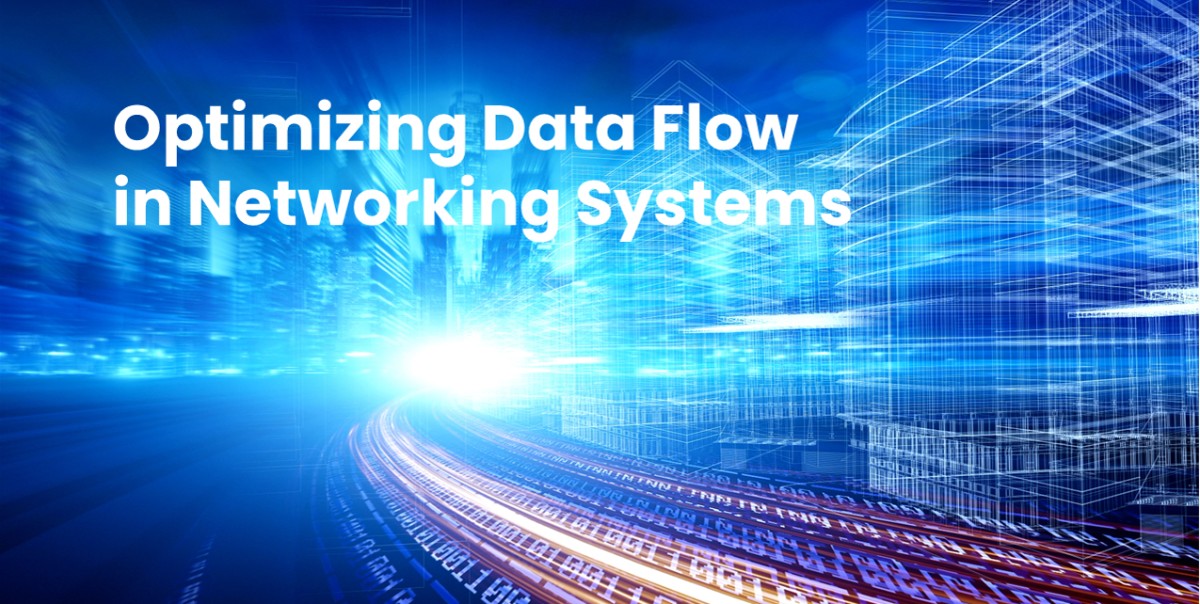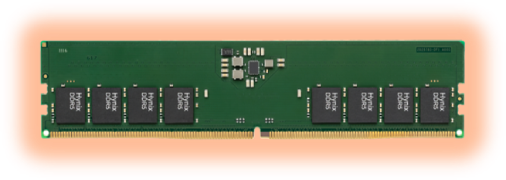Memory Management Techniques for Optimizing Data Flow in Networking Systems

In the world of networking applications, speed, scalability, and efficiency are essential, for which memory management plays a critical role. As networks handle larger volumes of data, optimizing memory usage is needed to ensure smooth data flow and minimize bottlenecks. Memory management techniques can enhance the performance of networking systems by reducing latency, maximizing throughput, and ensuring efficient data handling. This is especially useful in long-life networking applications that don’t always have the latest-generation memory technology embedded. Let’s discuss a few key memory management strategies that can be implemented to optimize data flow in today’s networking environments.
The Importance of Memory in Networking
Memory is a fundamental component of networking systems, serving as a temporary storage point for data packets, routing tables, and other essential network information. As network traffic increases with the rise of cloud computing, Internet of Things (IoT) devices, and 5G networks, efficient memory usage becomes even more crucial. If memory is not managed effectively, networking systems can experience performance degradation due to latency, data loss, and bottlenecks. Proper memory management ensures that data flows smoothly through the network, enabling faster processing and more reliable communication.
Memory Management Techniques for Networking
- Buffering and Queue Management: Buffering is one of the most fundamental memory management techniques in networking. Buffers act as temporary storage areas for data packets as they move through a network. However, if buffer sizes are not managed effectively, they can become overfilled, leading to packet loss, increased latency, and overall network congestion.
Queue management techniques, such as Active Queue Management (AQM), help manage buffer capacity more dynamically. AQM monitors the state of the buffer and applies algorithms to drop or delay packets in a controlled manner, preventing buffer overflow. Techniques like Random Early Detection (RED) drop packets before the buffer is full, allowing the network to avoid congestion and maintain consistent data flow. - Caching for High-Speed Data Access: Caching is another important memory management technique to optimize data flow in networking systems. Caching stores frequently accessed data in a faster, smaller memory system closer to the processor. This reduces the need to repeatedly access slower main memory, significantly decreasing latency.
In networking, content delivery networks (CDNs) and edge computing often leverage caching to store popular data at locations closer to end users. By minimizing the distance data needs to travel across the network, caching improves data retrieval times and reduces the strain on network resources. Advanced caching strategies, such as predictive caching and hierarchical caching, can further optimize memory usage by intelligently anticipating which data will be needed and where it should be stored. - Memory Allocation and Partitioning: Efficient memory allocation is crucial for handling multiple tasks simultaneously in networking systems. Traditional memory management techniques, such as static and dynamic partitioning, allocate memory in fixed or flexible segments based on network demands.
Static partitioning involves pre-allocating memory segments for specific tasks, ensuring that each task has dedicated resources but possibly underutilizing memory when demand is lower. Dynamic partitioning allocates memory based on real-time requirements, allowing for more flexible usage and optimizing overall performance. However, this requires sophisticated memory management algorithms to prevent fragmentation and ensure that memory is allocated efficiently across tasks.
Emerging Memory Technologies for Networking
As networking systems continue to scale, emerging memory technologies like High-Bandwidth Memory (HBM) and Persistent Memory (PMEM) offer new opportunities for optimizing memory management. HBM provides higher bandwidth and lower latency, making it ideal for data-intensive networking applications. PMEM bridges the gap between volatile memory and storage, offering persistent storage with near-DRAM speeds.
By integrating advanced memory technologies and the latest product iterations, like DDR5, together with traditional memory management techniques, networking systems can achieve higher performance, greater scalability, and improved data flow efficiency. These innovations are crucial for supporting the demands of next-generation networks, including 5G, AI-driven networking, and real-time data analytics.
Effective memory management is essential for optimizing data flow in modern networking systems. Techniques such as buffering, caching, and memory allocation all contribute to minimizing latency, reducing bottlenecks, and ensuring efficient data processing. As the demands on networking systems continue to grow, leveraging these techniques, alongside emerging memory technologies, will be key to enhancing network performance and scalability. With the right memory management strategies in place, networking systems can handle the increasing complexity of data-driven applications, ensuring smooth and reliable communication across the network.
SMARTsemi is your supply chain partner for DRAM components, eMMC solutions, and SD/microSD Flash Memory Cards for long-life applications. With 20+ years of industry experience, we understand your challenges and have aligned our priorities with yours to simplify your memory chip supply chain for the long run. We know what you need before you need it. Get a jump start and request a sample today.







